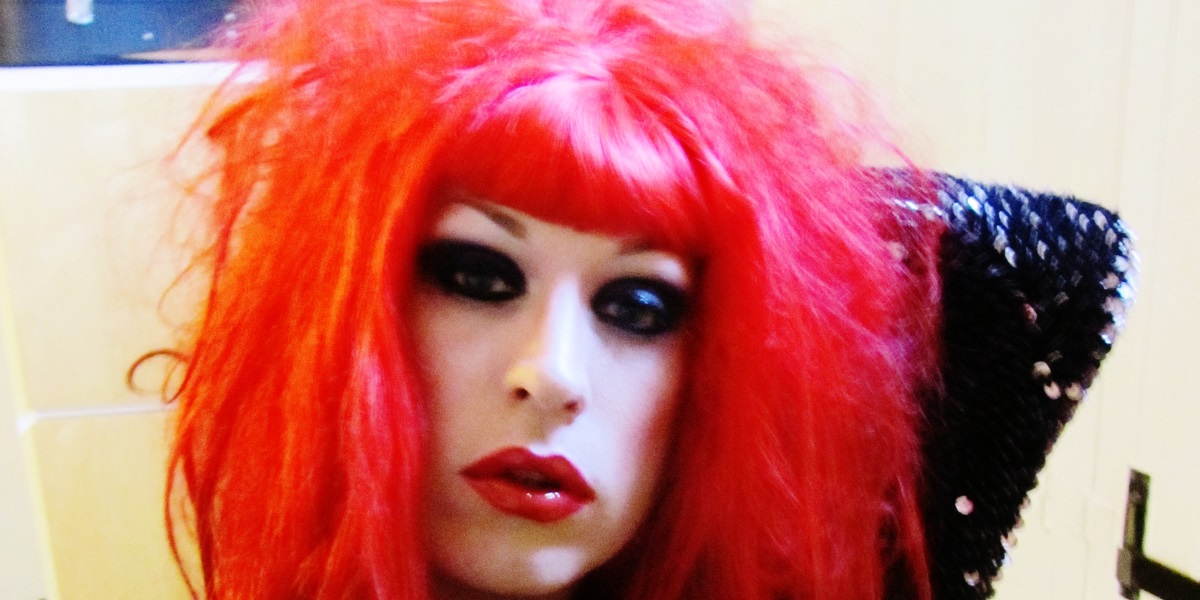In August 2013, Facebook announced changes to EdgeRank, its news feed algorithm, which decides how stories are displayed in users’ news feeds. Along with updating EdgeRank, it is also introducing a feature called “story bumping.”
Story bumping takes content that it thinks the user is interested in and might have missed, and “bumps” it back up to the top of their feed. According to Facebook, the average user only scrolls a little more than halfway through their news feed, so bumping will help make “organic” stories (i.e., not paid ads or sponsored stories) more visible. The algorithm uses a complex of factors to decide what to show and what to bump, including:
- frequency of interaction with the friend or Page posting the story
- popularity of a post—number of likes, shares and comments—among the user’s friends, as well as across Facebook
- the user’s past interactions with this type of post
- actions to hide and/or report on a given post by the user, as well as by the greater Facebook community
Now, how should a marketer going about the business of creating fresh, relevant content for their Facebook Page respond to these news feed changes so that you can complete key activities for Facebook optimization? Here are a few things to consider:
Important and Relevant Stories for Users
First, the unfortunate fact is that it is unlikely that all of your content reaches the news feeds of people who “liked” your Page. This could be a good thing—if a user thinks too many updates from your business are “crowding out” the other updates they’re interested in, they could very well unlike you, just as they might a friend who bombards their feed with too many photos of babies and pets. So Facebook tries to filter in what they think is relevant.
High-Quality Content
Second, the algorithm updates put more emphasis on high-quality content. This takes into account not only the content itself (i.e., how often it is hidden or reported as spam), but also whether it comes from a trustworthy source. Factors evaluating the latter include completion of the Page profile and overlap of fan base with other, similar, well-known entities. The result for Page admins should be that even if fewer stories are seen overall, engagement with them should be higher. According to Facebook, pilot tests with small groups of users resulted in more interactions (likes, comments, shares) with the stories they saw in their feeds and fewer hides.
Hashtags
Another news feed change is the introduction of hashtags on Facebook. Experiment with including hashtags in your posts to expand your reach to those interested in your subject matter, who might not yet be a fan of your business. But use hashtags with care on Facebook—some users may be put off by overly hashtagged posts, at least for now.
Insights analytics
One other update you may notice is the new Insights analytics for Pages, which will include “negative” stats such as hides, reports of spam and unlikes. As with the “positive” stats, try not to obsess over the numbers, unless you notice anomalies or trends in the data. If negative stats are worrisome, this post from HubSpot has some helpful tips. Also, you can check your analytics to see if hashtags are having any effect.
Despite the challenges, with more than 1 billion users worldwide and an estimated 618 million daily users logging on, Facebook can’t really be ignored by any social media strategy. Take time to consider how you can improve your Facebook post optimization. Test your results and adjust your campaigns accordingly.









